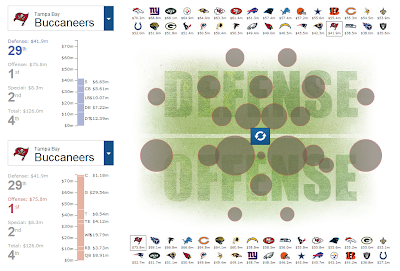The goal of designing and programming for UX is to create an enjoyable experience for the user. We tend to return to the things that bring us joy, so it is a worthwhile endeavor for most companies. The issue is not the pursuit of a great UX, but in the testing.
While the terminology and goals have changed from UI to UX, the testing has not advanced to the same degree. UI testing was focused on presenting a decent looking interface that allowed users to complete a task. UX success is still largely measured in task completions.
The Effectiveness (percent of people who complete a task), Efficiency (speed and quality of task completion), and Satisfaction (level of pleasure or contempt derived from task completion) are all important to UX testing. Just because a task can be completed easily doesn't mean the process is efficient nor that it provides any satisfaction.
UI testing is relatively simple; UX testing is not. If you are only testing the effectiveness of your designs, you are only grading your interface. If you really want to enhance your users' experience, make sure that you test and gauge all three areas of UX.
A few example sites that go beyond an interface and create an experience:
- http://benthebodyguard.com/index.php - The information is presented in a scrolling digital story.
- http://songza.com/ - Intuitive fun interface for finding the right playlist.
- http://methodhome.com/cleanhappy/ - Makes shopping for cleaning products fun.





